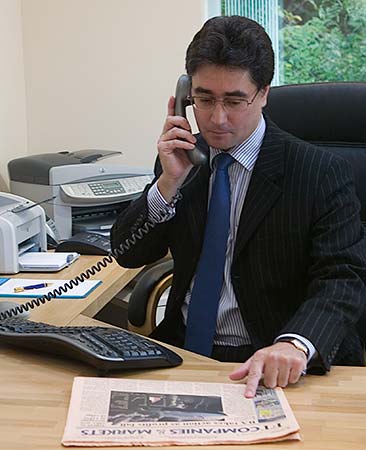‘Mediating an estate dispute where a treasured family yacht is a prized asset.’
This was a one hour challenge, based on a real-life scenario, gamed out in a Society of Mediators members Training Day in December 2021, in which delegates, including myself, tested and developed our mediation skills and techniques.
I applied the ‘orange peel’ v. ‘orange pulp’ (‘Getting to Yes’) concept, to listen to and understand what each participant (‘P’) actually valued, needed and prioritized.
The tools available to the P’s for enlarging and dividing such an ‘asset’ pie, include the options of: (i) keep the yacht in the family; (ii) sell it; (iii) lease it; or (iv) innovate a ‘creative’ and bespoke family: ownership; control; and use structure, whereby legal title and/or beneficial ownership of the asset would be transferred to P.1. on terms which enabled P.2 to enjoy the use of the yacht for e.g. one month a year. Compare a ‘time-share’ lease arrangement. I would later develop and apply this idea in my article: ‘Back to the future’ – Part 2 – Mediation and Estate/Business Succession Planning’ published by Tolley in Taxation, 08.03.2022. In the article, which was about using Mediation as a tool for life-time estate and business succession planning, I wrote:
‘If an international business family does not know how to start an inter-family discussion about how to put their house in order before a monumental event occurs – such as loss of capacity or death of the head of the family – a pre-emptive process of mediation can be used to create a safe space in which
each key family member is empowered to:
● voice their individual needs, concerns, hopes, expectations and priorities to a non-partisan and beneficially disinterested person, who is bound by confidentiality and has the soft skills to talk to each of them; and
● speak through the mediator, to a multi-disciplinary team of professional advisers around the world, appointed by the family office.
They can then discuss, develop, and agree bespoke and innovative solutions to the problem, ie a holistic strategic plan and roadmap for practical implementation. For example, where participants in a mediation adopt the paradigm of a “store of value” to perceive and reconfigure the attributes and
worth to each of them of a luxury asset, and the wishes, needs and priorities of each participant are asymmetrical, it may be possible to design a bespoke solution to the problem of reconciling their competing and potentially conflicting claims and priorities, by restructuring the legal and beneficial ownership, management and control, use, enjoyment and commercial exploitation of the asset, to their mutual advantage.’
This original idea of creating in the mind/consciousness of each P, the ‘paradigm of a “store of value” …’ was the ‘light-bulb’ moment I had when I mediated the ‘Yacht dispute.’
